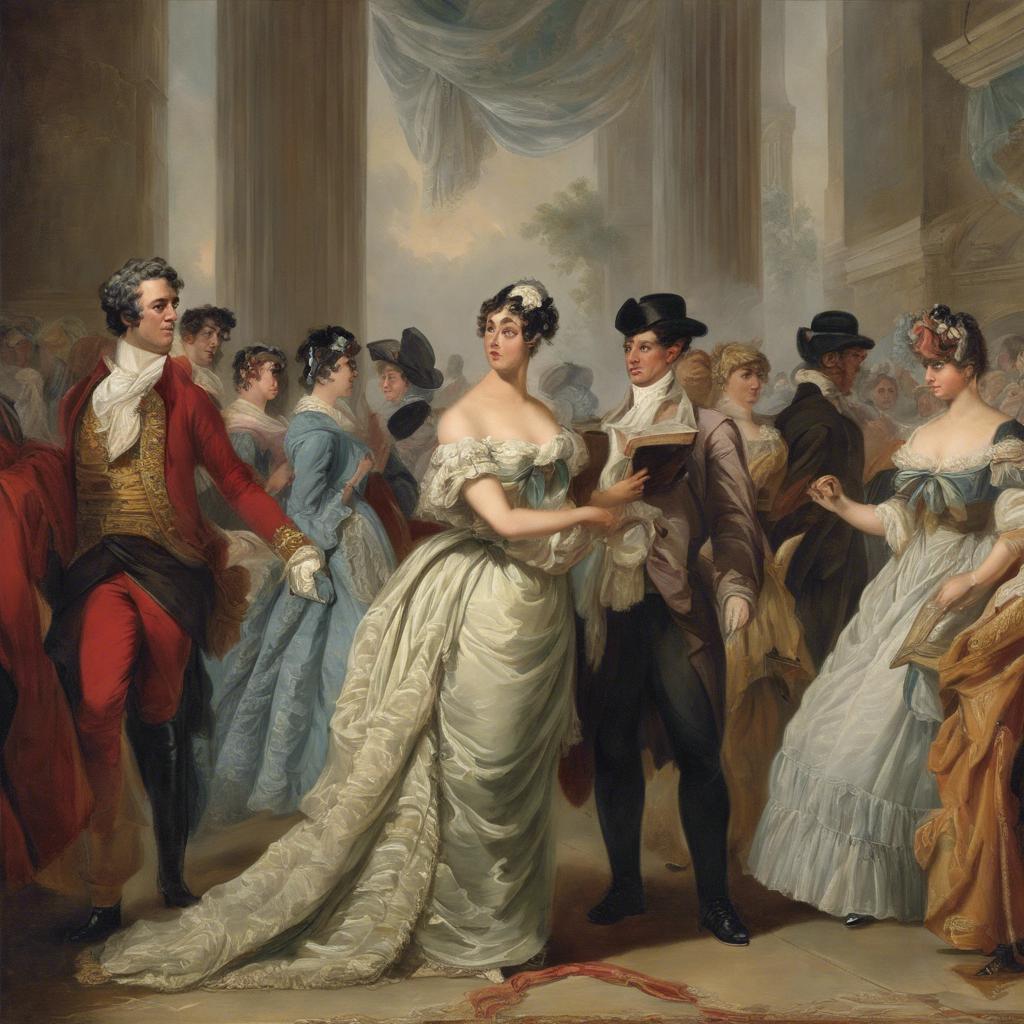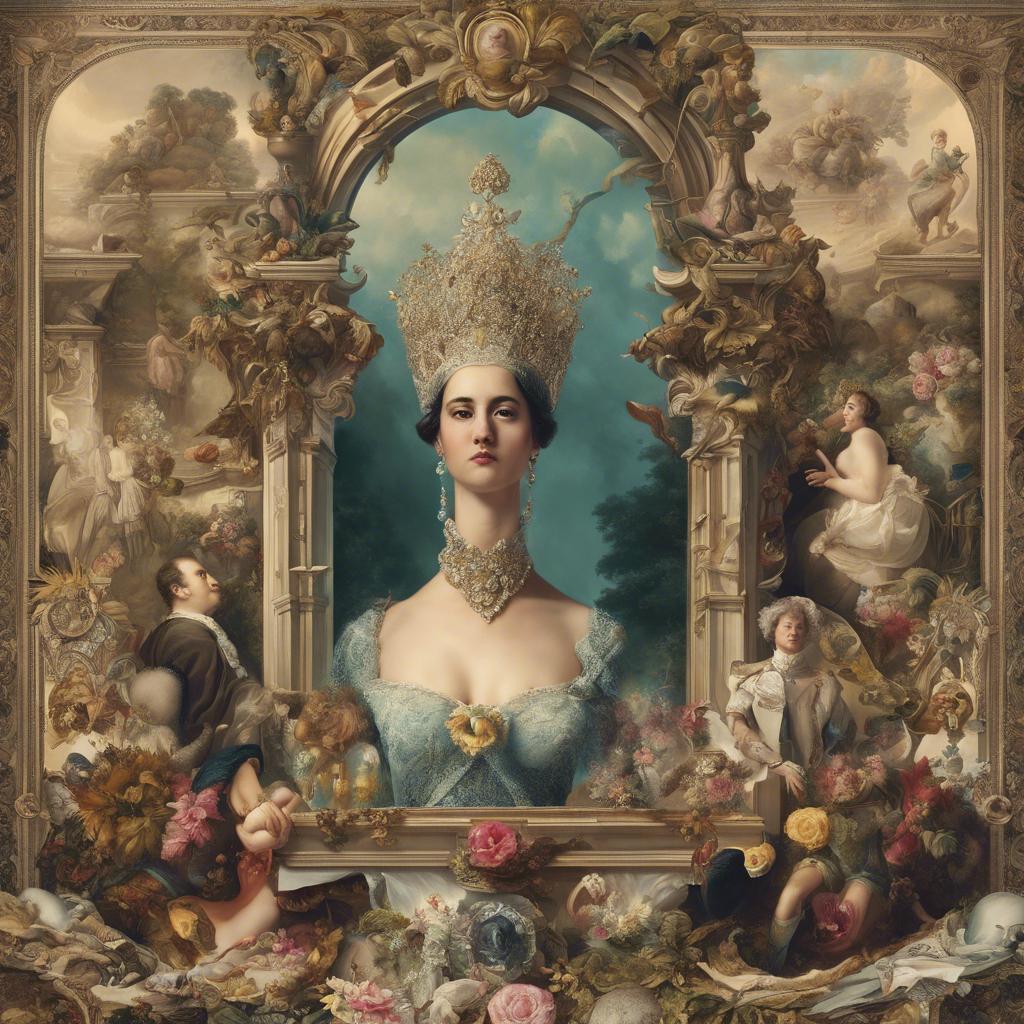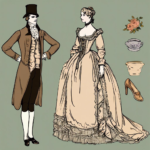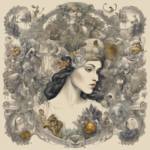The Regency Era in Spain, spanning from 1812 to 1833, marked a pivotal period in the country’s history characterized by political turmoil, social change, and cultural transformation. From the Napoleonic invasion to the reestablishment of the monarchy, this era witnessed significant developments that shaped the course of Spanish society. In this article, we will delve into the key events and themes of the Regency Era in Spain, exploring its impact on the nation’s political landscape and cultural identity.
Step Into the World of Cheryl Bolen
Dive into the enchanting stories of love, intrigue, and elegance set in the Regency Era. Cheryl Bolen's novels offer timeless romance and captivating tales that will leave you wanting more.
Explore Cheryl Bolen's Books Now
The Influence of the Regency Era on Spanish Cultural Developments
The Regency Era in Spain, which lasted from 1810 to 1814, had a significant impact on cultural developments in the country. During this period, following the abdication of King Ferdinand VII, Spain experienced a shift in political power and a renewal of cultural expression.
One of the most notable influences of the Regency Era on Spanish culture was the rise of Romanticism as a dominant artistic and literary movement. Romanticism emphasized individualism, emotion, and the natural world, and it had a lasting impact on Spanish literature, art, and music.
Additionally, the Regency Era saw the promotion of Spanish nationalism and a renewed interest in Spain’s rich cultural heritage. This period laid the groundwork for the flourishing of Spanish culture in the 19th century, as artists, writers, and musicians drew inspiration from the country’s history and traditions.
Exploring the Political Landscape during the Spanish Regency Era
The Spanish Regency Era was a period of political uncertainty and instability in Spain following the abdication of King Ferdinand VII in 1808. During this time, power was held by a series of regents, who often struggled to maintain control amid various factions vying for power.
One of the key political developments during the Regency Era was the creation of the Cortes Generales, a general assembly that represented the various regions of Spain. This marked a shift towards a more representative form of government, although power struggles within the Cortes often led to deadlock and further instability.
Despite the challenges of the era, there were also significant cultural and intellectual developments. The Regency Era saw a flourishing of literature, art, and philosophy, with writers such as Francisco de Goya and Manuel José Quintana leaving a lasting impact on Spanish culture.
Key Figures and Events that Defined the Spanish Regency Era
| Key Figures | Events |
|---|---|
| King Ferdinand VII | Napoleonic Wars |
| Queen Maria Christina | Spanish Constitution of 1812 |
| Francisco Javier de Burgos | Decree of the Cortes of Cadiz |
The Spanish Regency Era was a time of political turmoil and upheaval in Spain, marked by the rule of King Ferdinand VII and Queen Maria Christina. Ferdinand VII’s reign was characterized by his struggles during the Napoleonic Wars, which greatly impacted Spain’s stability and sovereignty. Queen Maria Christina played a crucial role in the political landscape, particularly during the drafting of the Spanish Constitution of 1812.
One of the key events that defined the Spanish Regency Era was the Decree of the Cortes of Cadiz, which aimed to establish a constitutional monarchy in Spain. Francisco Javier de Burgos, a prominent figure of the era, was instrumental in the implementation of this decree. The political climate during this period was heavily influenced by the desire for reforms and a shift towards greater democracy in Spain, culminating in significant legislative changes.
the Regency Era in Spain was a transformative period that saw the rise of key figures such as King Ferdinand VII, Queen Maria Christina, and Francisco Javier de Burgos. The events of this era, including the Napoleonic Wars and the drafting of the Spanish Constitution of 1812, had a lasting impact on Spain’s political landscape and set the stage for future developments in the country’s governance.
Recommendations for Further Research on the Spanish Regency Era
Further research on the Spanish Regency Era can regency era journals”>provide valuable insights into this intriguing period of history. Here are some areas that could benefit from deeper exploration:
1. **Women in the Regency Era**: Investigating the roles and experiences of women during the Spanish Regency Era can shed light on gender dynamics and societal norms of the time. Delving into the lives of influential female figures, such as Queen Maria Christina and the Duchess of Alba, could offer a more comprehensive understanding of women’s participation in politics, culture, and society.
2. **Economic Policies and Impact**: Analyzing the economic policies implemented during the Regency Era and their effects on Spain’s economy could provide valuable insights into financial stability, trade relations, and social welfare. Exploring key economic indicators, such as inflation rates and GDP growth, can help paint a clearer picture of the economic landscape of the time.
Insights and Conclusions
the Regency Era in Spain was a period marked by political turmoil, social change, and cultural advancements. Despite the challenges and struggles faced during this transitional time, the Regency Era laid the foundation for the modernization and reform that would come to define Spain in the years to come. Through the efforts of progressive thinkers, visionary leaders, and the resilience of the Spanish people, the Regency Era in Spain stands as a testament to the power of adaptation and transformation in the face of adversity. As we reflect on this pivotal period in Spanish history, let us continue to learn from the past and strive towards a brighter future for all.


